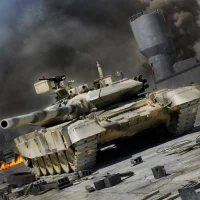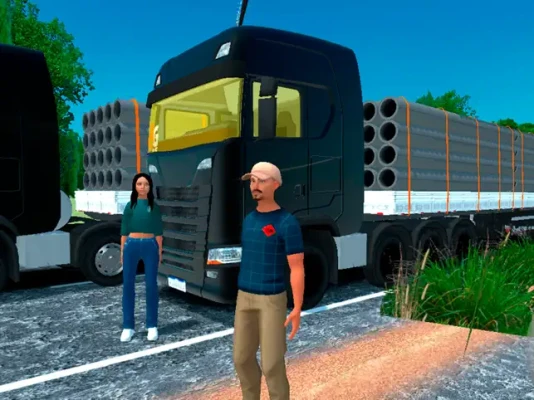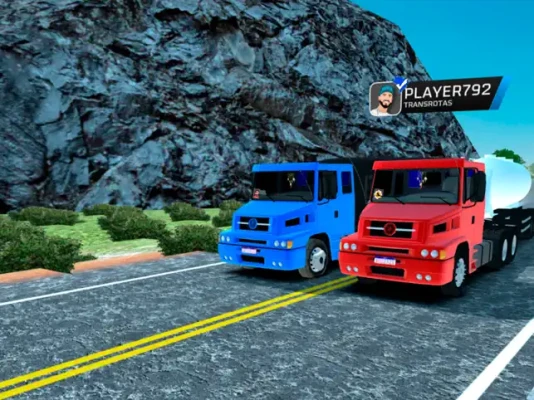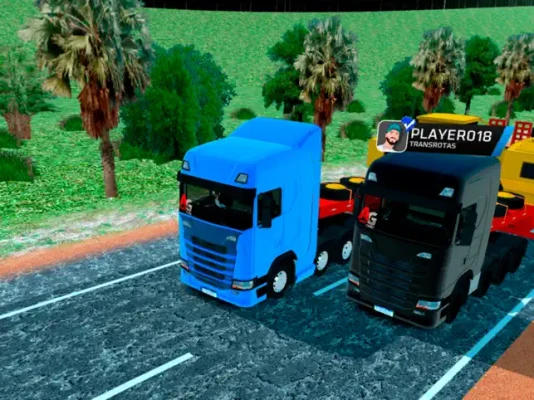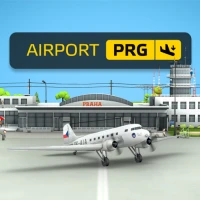
Latest Version
0.0.8
February 06, 2025
Bruno Gomes
Games
iOS
383.4 MB
0
Free
Report a Problem
More About Rotas do Brasil Online
Exploring Multiplayer Systems in Truck Simulation Games
Multiplayer truck simulation games offer an immersive experience that goes beyond mere driving. Players can engage in various systems that enhance gameplay and create a more realistic environment. This article delves into the key systems you can find in the multiplayer version of these games, highlighting their significance and functionality.
Truck Dealership System
The truck dealership system is a cornerstone of multiplayer truck simulation games. Here, players can browse a wide selection of trucks, each with unique specifications and features. This system allows players to purchase, sell, and customize their vehicles, ensuring that every player can find a truck that suits their driving style. The dealership often includes options for financing, trade-ins, and upgrades, making it a vital part of the gaming experience.
Freight System
Another essential component is the freight system. This system enables players to accept and complete various cargo deliveries, simulating real-world trucking operations. Players can choose from a range of freight options, each with different destinations, payment rates, and time constraints. Successfully completing deliveries not only earns players in-game currency but also enhances their reputation within the game, unlocking new opportunities and challenges.
Workshop System
The workshop system plays a crucial role in maintaining and upgrading trucks. Players can visit workshops to perform repairs, tune-ups, and modifications. This system allows for a high degree of customization, enabling players to enhance their trucks' performance and aesthetics. Regular maintenance is essential for ensuring that trucks operate efficiently, especially during long hauls in multiplayer scenarios.
Speed Limiter System
To promote realistic driving experiences, many multiplayer truck simulation games incorporate a speed limiter system. This feature restricts the maximum speed of trucks, encouraging players to adhere to traffic laws and regulations. By implementing this system, the game fosters a sense of responsibility and realism, making the driving experience more engaging and challenging.
Fuel System
The fuel system adds another layer of realism to the gameplay. Players must manage their fuel consumption, refueling at designated stations along their routes. This system requires strategic planning, as running out of fuel can lead to delays and penalties. Additionally, players can choose different fuel types, each affecting their truck's performance and efficiency. Understanding the fuel system is crucial for successful long-distance hauls in multiplayer settings.
Additional Features and Systems
Beyond the primary systems mentioned, multiplayer truck simulation games often include a variety of other features that enhance the overall experience. These may include:
- Dynamic Weather System: Players must adapt to changing weather conditions, which can affect driving performance and visibility.
- GPS Navigation: An integrated GPS system helps players plan their routes efficiently, avoiding traffic and obstacles.
- Multiplayer Interaction: Players can communicate and collaborate with others, forming convoys or competing in challenges.
- Achievements and Rewards: Completing specific tasks or milestones unlocks achievements, providing players with incentives to explore all aspects of the game.
Conclusion
Multiplayer truck simulation games offer a rich tapestry of systems that enhance gameplay and provide players with a realistic trucking experience. From the truck dealership and freight systems to the workshop and fuel management, each component plays a vital role in creating an engaging environment. By understanding and mastering these systems, players can fully immerse themselves in the world of trucking, making every journey an adventure.
Rate the App
User Reviews
Popular Apps









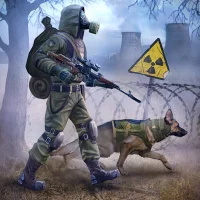
Editor's Choice









